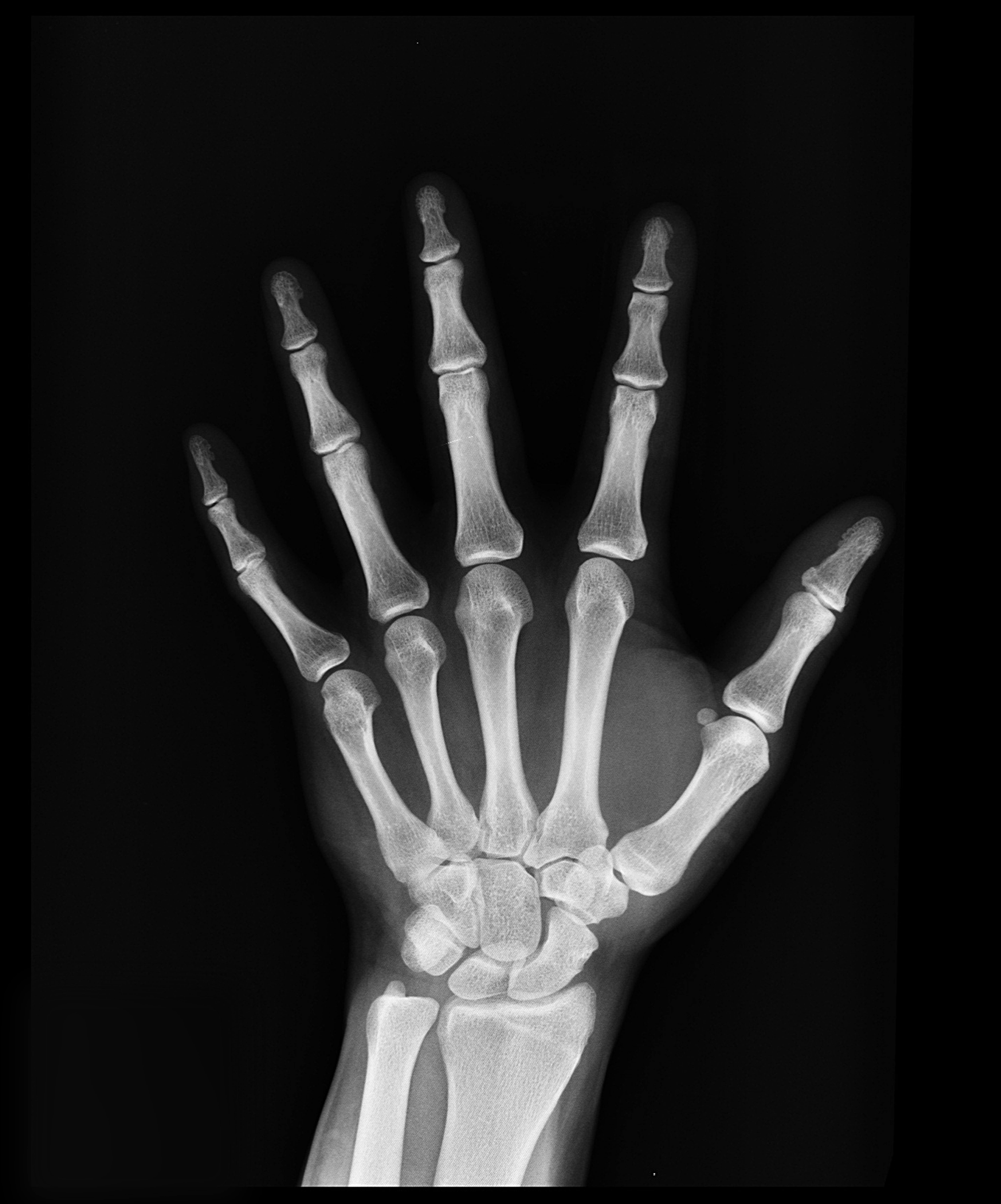Osteoporosis, often referred to as the “silent thief,” is a bone disease that gradually weakens bones, making them fragile and more susceptible to fractures. It’s a condition that affects millions worldwide, particularly older adults, and it’s characterized by low bone mass and deterioration of bone tissue. While osteoporosis may not exhibit noticeable symptoms in its early stages, its consequences can be severe, leading to pain, disability, and even loss of independence.
What Causes Osteoporosis?
Several factors contribute to the development of osteoporosis. These include:
- Age: Bone density naturally decreases with age, making older adults more prone to osteoporosis.
- Hormonal Changes: Reduced estrogen levels in women during menopause and lower testosterone levels in men can accelerate bone loss.
- Lifestyle Factors: Lack of physical activity, poor nutrition, smoking, and excessive alcohol consumption can all weaken bones and increase the risk of osteoporosis.
- Medical Conditions and Medications: Certain medical conditions such as celiac disease, rheumatoid arthritis, and medications like corticosteroids can impair bone health.
The Importance of Bone Density Testing
Bone density testing, typically done through a dual-energy X-ray absorptiometry (DXA) scan, is crucial for diagnosing osteoporosis. This non-invasive procedure measures bone mineral density and helps assess fracture risk. Early detection allows for timely intervention and management strategies to prevent further bone loss and fractures.
Prevention and Management Strategies
While osteoporosis is often associated with aging, there are steps individuals can take to maintain bone health and reduce their risk:
- A Balanced Diet: Consuming calcium-rich foods such as dairy products, leafy greens, and fortified foods, along with an adequate intake of vitamin D, supports bone strength.
- Regular Exercise: Weight-bearing exercises like walking, jogging, and resistance training help build and maintain bone density.
- Avoidance of Harmful Habits: Quitting smoking and moderating alcohol intake can protect bone health.
- Medication: In some cases, healthcare providers may prescribe medications to slow bone loss and reduce fracture risk.
Osteoporosis is a significant public health concern with far-reaching implications for individuals and healthcare systems worldwide. By raising awareness, promoting early detection through bone density testing, and adopting preventive measures, we can mitigate the impact of this debilitating disease. Remember, taking proactive steps to prioritize bone health today can lead to a stronger, more resilient tomorrow.
References:
- National Osteoporosis Foundation. (n.d.). What Is Osteoporosis and What Causes It? https://www.nof.org/patients/what-is-osteoporosis/
- Mayo Clinic. (2021). Osteoporosis. https://www.mayoclinic.org/diseases-conditions/osteoporosis/symptoms-causes/syc-20351968
- National Institute of Arthritis and Musculoskeletal and Skin Diseases. (2020). What People With Osteoporosis Need to Know. https://www.niams.nih.gov/health-topics/osteoporosis



Comments are closed